Blog #24 Go to the Show: Part 2
Blog #24 Go to the Show: Part 2
I have no idea why, but this spring seems to be raining photography exhibits. After my amazing experience in Chicago, I returned to Hong Kong only to be blessed with two new photography shows in the same week. The first is an internal tour titled WOMEN: New Portraits by the world-renowned Annie Leibovitz. The show was strongly in an industrial building within a ten minute walk from my office in Kennedy Town of all places. The second show was titled LIGHT ON SURFACE: 292 SFA Graduates’ Showcase 2016 and was in the Hong Kong Visual Arts Centre. There were eight graduates from Savannah College of Art & Design’s (SCAD Hong Kong) photography class.
First, the Annie Leibovitz’s show featured some of her stunning and recent works of A5 sized landscape portraits almost all in colour of celebrity, politically successful, and otherwise, amazingly artistic, athletic, and creative woman, mostly middle-aged or older. The photos were lit extremely well and for the most part showed the subjects in their offices, natural habitats so to speak, and some studio shots. Adele, Jane Goodall, Aung San Suu Kyi and Malala Yousafzai were but a few of the over-achieving, highly accomplished, and ultra professional woman featured in the show. The collection spanned many continent and represented some outstanding achievements by influential and powerful women in the 21st century. The portraits were faltering and highlighted the strength and conviction of their subjects. The colours highlighted the subjects and almost punctuated their achievements using only visual highlights.
The show also featured some older images the Leibovitz made while working with Rolling Stone and Vanity Fair in previous decades. For example, the celebrity photo of John Lennon and Yoko Ono (New York City, 1980) was placed next to a head shot of Ono in New York City 1981, eyes closed, with an air of pain and mourning. These were both iconic and powerful images. It was instantly obvious that Leibovitz was a master craftswoman who gained access to some of the greatest popular icons and moments of the late 20th century. What a treat to see and appreciate this wonderful collection at a time in the world when woman’s achievements can be highlighted and celebrated. One cannot help to be touched by the collection as well as the collective achievements of its subjects. The show leaves viewers with a strong and optimistic sense of how far we have come and elevates their feelings of feminism.
The other show “Light on Surface” was the final presentation of a group of SCAD graduates. There were eight artists featured and each had very distinct and clear visions. There was a wide range of subjects and treatment of photography as a medium. Many of the pieces were large and printed beautifully on archival quality ink jet printers. Most reflected Hong Kong and its landscapes, the political zeitgeist, and interesting three-dimensional works that skated the line between photography and sculpture or modern art. For example, Clement Chan’s photos of colourful shapes from video monitors represented a reverse process of digital to film. This was a fresh and colourful treatment of form, colour, and the various mediums within photography. Many creative and fresh perspectives could be seen in this new batch of photography artists. The show is there for only about a week so there is still some time to check it out and get inspired.
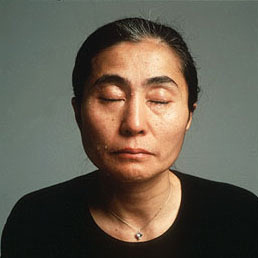

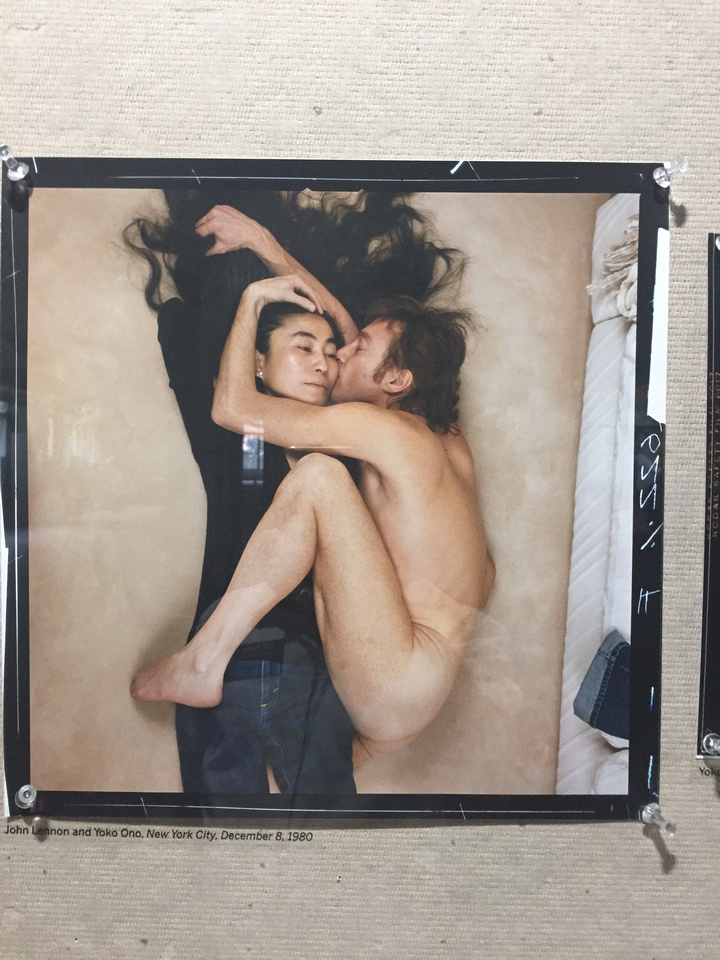

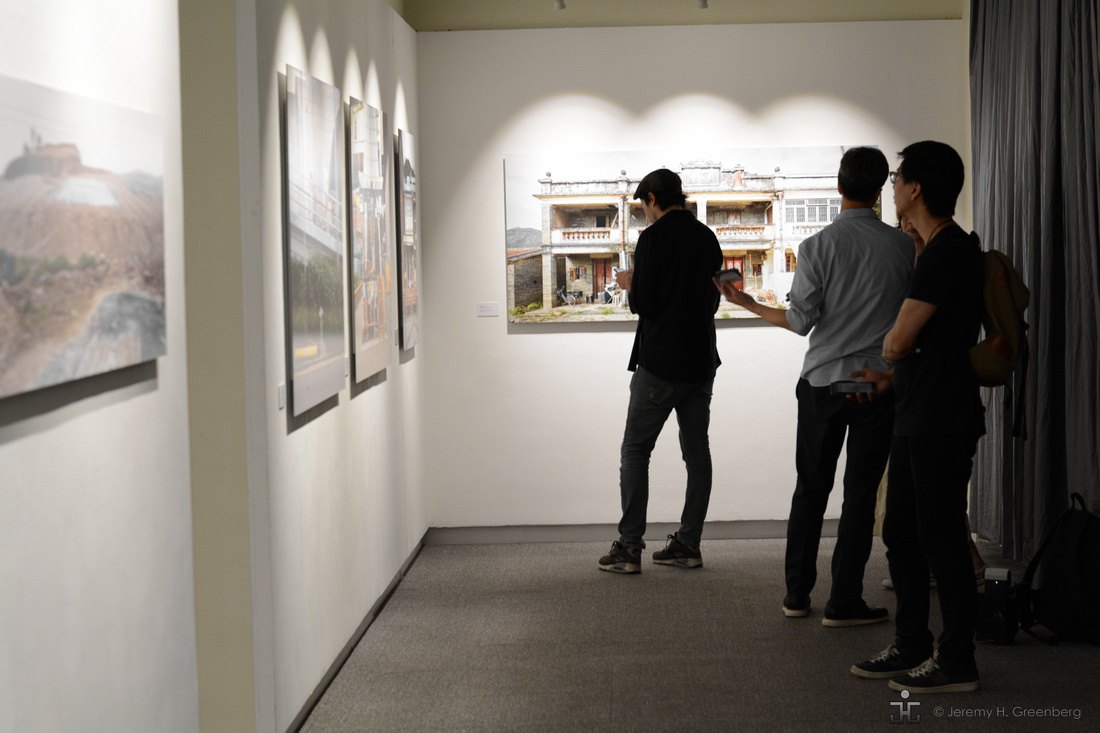

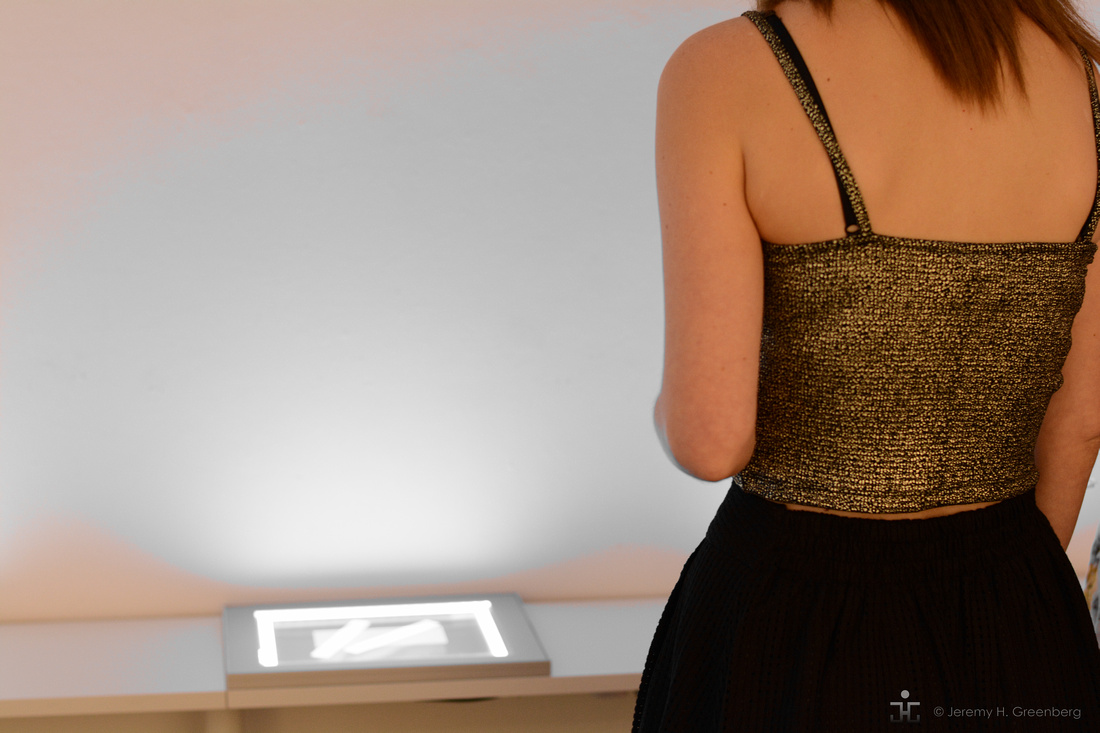

Blog #23 Go to the Show
Blog #23 Go to the Show
In this week’s blog, I want to share a few recent experiences in the form of photography exhibits that I attended. So last week I was in Chicago at the 42nd Annual Association for Behavior Analysis International Convention. There, I attended paper presentations, symposia and presented a paper, chaired a few colleagues' symposium, and sat on a panel to discuss international dissemination in my field of applied behavior analysis. This was all fine and good and I had a great conference. While in town, I managed to take advantage of a few photography events that the great city of Chicago had to offer. I attended two shows at the Art Institute of Chicago and one at the Museum of Contemporary Photography. This was an amazing feat that could only be accomplished in an urban environment where everything is within a 30 minute (brisk) walk from everything else.
At the Art Institute, I viewed 100 pieces of abstract photographs by the famous Aaron Siskind titled Abstractions. This exhibition examined the New York artist’s abstract series that explored what he called “the drama of objects”. There were some interesting pieces, but many were so similar that they could barely hold my attention. Still, abstract photography is a bit of a niche genre within the medium and it was a treat to be able to view the pieces, unencumbered, and up close and personal. This gallery was in the lower level where some pieces from the institute’s massive permanent photography collection were hanging. Pieces from Diane Arbus, Daido Moriyama (who I greatly admire), icon Ansel Adams, Saul Leiter, Walker Evans, LeRoy Henerson, and others were framed and displayed. It was an eclectic group of images, all about A4 to A5 sized prints in black and white. All were stunning. Each was a virtual masterpiece in its own rite. Pictured below is Leroy Henderson’s First Anti-Vietnam War March (1967).
The other exhibit at the Institute was the Invisible Man, Gordon Parks and Ralph Ellsion in Harlem http://www.artic.edu/node/6233.
There were amazing photos from the 1940’s of Harlem, New York of the African-American Experience. I bought the book from this exhibit in the Institute's shop since I needed more time to absorb those amazing images.
I almost didn’t get there due to time constraints, but the third show that I did manage to catch was at the Museum of Contemporary Photography (Columbia College of Chicago) titled Burnt Generation: Contemporary Iranian Photography. As a Westerner, Contemporary, Iranian, and Photography are three words that I never would have expected to see in the same sentence. The show included eight photographers, mostly men but some women. These were beautifully rendered and powerfully stated collections of the struggle for woman’s rites, conformity to social and religious norms, and political freedoms that Iranians have had to endure in recent years. All of the images and stories portrayed were well executed and moving. You can see them here:
http://www.mocp.org. It was so interesting that many of the collections within the group of photographers had similar themes even though there was huge difference between their styles and approaches to photography. It was like they were all saying the same thing but speaking in different visual languages. My take-away is to get out of my comfort-zone once in a while to allow other artists to share their worldly views.
It was such whirlwind of a trip, I am still digesting the conference and fabulous shows that I saw. There is something very touching and inspiring about seeing art up close. You feel a strong sense of the artist and effort that was given to travel, compose, shoot, print, frame, and display photographs that you cannot get from a book or a computer screen. Next time you have the chance, go to the show. You will be glad that you did.


Blog #22 On Photography
Blog #22 On Photography
On Photography was a book compiled in 1977 from a collection of essays that were written between 1973 and 1977 by Susan Sontag. The book was chosen by The New York Times Book Review as one of the top 20 books of the year. Susan Sontag is nothing short of a scholar on the subject of photography. She recants the history of the medium from its humble beginnings in 1839 France through the modern day. She eloquently compares and contrasts photography with painting, and discusses in great detail, the definition, impact, and effects of photography on the photographer, the field, and society. Sontag relates photography to philosophy and makes a thorough commentary on its impact on the world over the almost 150 years that had spanned its existence at the time that she wrote her piece.
What Sontag does not do is debate the medium’s impact on art or challenge the contention that photography is, indeed, an art form. “Aesthetic distance seems built into the very experience of looking at photographs, if not right away, then certainly with the passage of time. Time eventually positions most photographs, even the most amateurish, at the level of art” (Sontag, 1977, p.21).
There are several references to the old masters such as Mathew Brady, Nadar, Weston, Brandt, Arbus, and the great Cartier-Bresson, to name a few. She discusses in detail each of their contributions to the medium and how their styles or approach to making pictures helped to shape the medium as an art form. It is not only what she writes about regarding the old icons of photography, but it is the way she writes about them. There is a familiar tone that she uses to describe them almost like they were her old friends.
Sontag writes very philosophically and profoundly about the subject of photography and the impact that photography has had on society. “Mallarmé, said that everything the world exists in order to end in a book. Today everything exists to end in a photograph.” she writes (p. 24). This statement is truer today than when it was written in 1977. There are many other parallels to today’s world that can be made throughout the book. References are made to world-travellers sharing images that far surpass those subjects that could be represented in traditional paintings. The camera helped to develop a new way of seeing. Photographs created interest by displaying the new visual decisions made by the artist photographer. She describes formal treatment of photography and she perfectly describes photography as the bridge between art and science.
On the subject of our collective conscience about photographs, she defines the very subject of humanity. “It is a quality things have in common when they are viewed as photographs” (p. 111). All things in the world can be made into art, or at least more interesting when viewed through the lens of a camera. Some make images just to see how the world looks as a photograph.
Sontag takes a deep dive into the topic of photography. The book is historical, profound, and takes a perspective and stance that is strikingly as current and relevant today as it was when it was typed four decades ago. For the hobbyist, amateur, or professional photographer, On Photography is a must read.
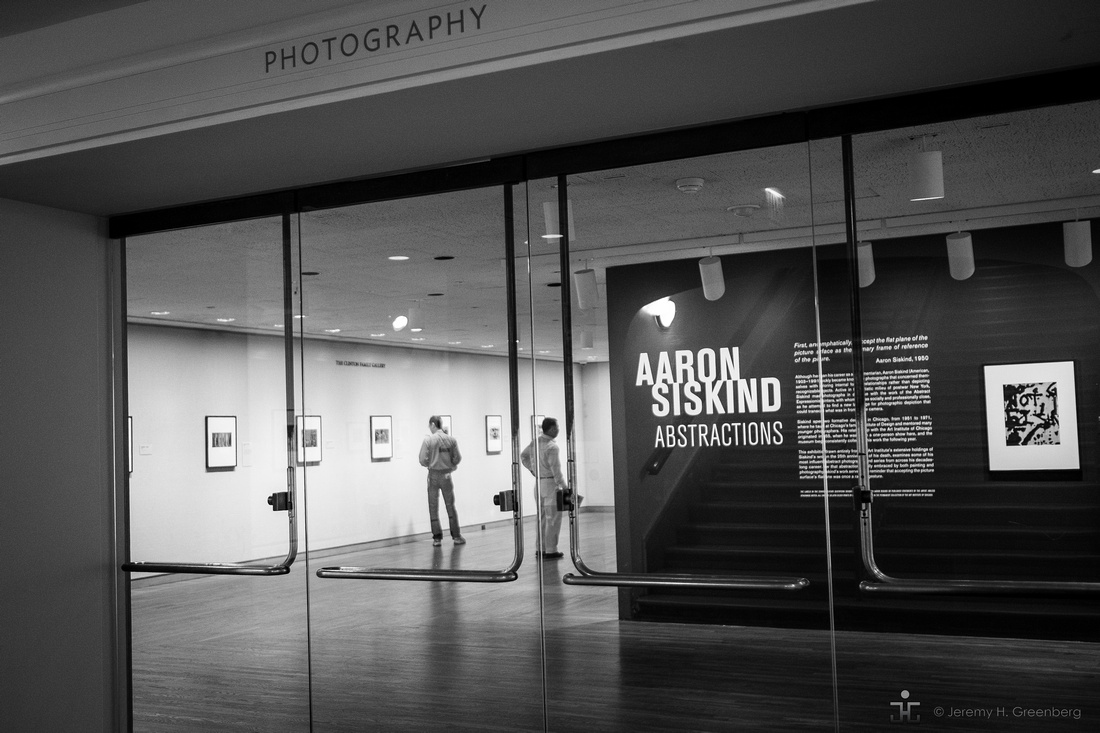

Blog #21 Photography! But Why?
Blog #21 Photography! But Why?
In this week's blog post, I'm feeling very reflective of my recent experiences and many successful activities within the art of photography. Those include: an art show, publications, contest selections, paid portrait work, completion of the professional course in photography from NYIP, teaching a film class to students, building a darkroom, and others. Riding the wave of these activities has caused me to become introspective all of a sudden. But why? Why photography? What's it all for, anyway? Why is it that I feel the need to carry a camera and make photos, like everyday? It is simply fun? Or do I feel a compulsion to document my life so that when I'm old and senile I can scroll through hundreds of thousands of images to remember the good ol' days?
For some insight as to why I might be so compelled to make photographs, I sought the advise of my dear old mother. It's no coincidence that I'm writing this blog during the week of the Western holiday of Mother's Day. My mother graduated from Rhode Island School of Design (RISD), a prestigious New England art school sometime in the late 1960s. She studied art history, design, fine arts, and painting. Afterwards, she was a painter for many decades.. When I was very young, she would take my into Soho, New York City to help her with art shows in galleries in the City. I had fun helping her set up and then she would let me kicking it around Canal Street while she did her thing. Her style is abstract (see below). She still paints and has developed her craft over the decades although she mostly does abstract pieces. She's 70 years old now and recently had a painting selected by the Boca Raton Art Museum in Florida. Over the years she has dabbled in sculpture, drafting, and interior design and decorating work. I never really asked her "Why do you paint"?. In researching the topic for this blog, I finally got to ask her this question. Her response was "To breathe".
When asked "Why do you paint"?, my mother responded "Why do you breathe?". "I have to", she continued. It was an emotional outlet for her. Painting and being creative makes her feel free and happy. She views painting as work, however, not a simple fun pastime or hobby. The reason for this, she explained was because there are many decisions that she is required to make in the creative process. This can be the cause of some degree of stress and challenge. Nevertheless, there is a drive that pushes her to paint. It all started to make sense to me.
As a photographer, I can relate. I will get dressed each morning, throw the camera over my neck, and head out into the unknown. It's become completely normal. I carry a camera to casual events, work, formal events, the beach, just about everywhere. I get a weird sense that I'm forgetting something if I don't have it then I remember that and can (and do ) always use my iPhone. Sigh of relief, carry on.
Photographers have at least as much if not more decisions to make in the process of making images. What camera should I use, full frame, medium format (120mm), APS-C cropped sensor, digital, film, colour, black and white, should I use a wide angle lens, a standard (50mm), telephoto or portrait lens? What about ISO, shutter speed, or aperture? Do I want a shallow depth of field (DOF - Focus) or a deep DOF? Should I bring the flash today? These are the decisions that are needed before the shutter is pressed. After the shutter is pressed, there are countless (literally thousands) of possibilities that can be applied to process the image. Darkroom and digital processing have similar adjustments such as cropping, dogging, burning, adding or subtracting contrast, colour choices, black & white, and many other details. How will the image be displayed? On screen, printed on paper? What size? Should the print be made on matte paper, glossy, semi-glossy paper? What about the frame? The possibilities are practically endless.
The basic premise, however, doesn't change for the artist regarless of the medium in which he or she or working. We make images because we need to. Photography is quite literally life for some of us. Maybe we get paid sometimes, all of the time, or never. This doesn't matter, really. The point is that we photograph because live and live because we photograph. Creative activities are work. We need to be creative and this is our avenue. It's that simple. You can debate cameras and the audience. all day long but it's hard to argue against the photographer himself or herself as the ultimate first and foremost audience for their own work. Does all of this sound very philosophical and profound? Maybe it is but that's the point. Sometimes, we need to ask the tough questions so that we can discuss the difficult topics, and then move on.
There are a few good articles floating around the internet this month on similar topics. Spencer Bentley from Petapixel wrote a really nice piece about how the camera type makes him feel. http://petapixel.com/2016/05/09/important-camera-feature-makes-feel/. My take-away from his discussion is that the camera is the photographer's tool and there is a real visceral connection between the two. Sometimes we need to try different cameras to find the right one, or at least the right now one. Dear Spencer, I feel you, bro.
Another very talented and insightful photographer is Eric Kim. His recent piece titled "Shoot More, Worry Less" is aimed at those photographers, professional, hobbyists, or otherwise, who occasionally feel paralysed by the myriad of decisions that we are constantly confronted with. Should I even bring my camera out today? What if it rains? What lens should I bring? Ok, stop. Mr. Kim offers a rational approach to troubleshoot this potentially debilitating condition faced by many artists. http://erickimphotography.com/blog/2016/05/04/shoot-more-worry-less/
In summary, we shoot because we need to. Don't think to much. Make beautiful images.
Thanks for reading. May the light be with you, always.
jhg
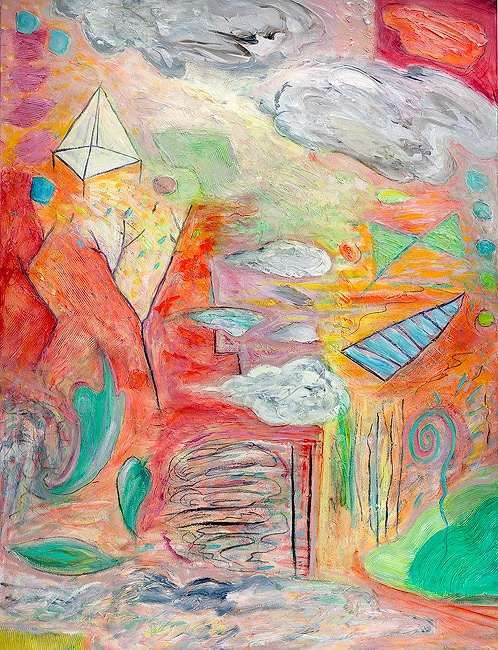

Blog #20 Photography Club
Blog #20 Photography Club
Most of my professional work life is spent as an educator and administrator with an international school here in Hong Kong. I love my work. It's ever-changing, challenging, and demanding. Teaching is something that I went to school to learn and have been successful working with various students and (training) teachers over a couple of decades ago. My first passion is my family. Without them, I would be lost in the great void of selfishness probably bordering on destructive behavior (seriously). My second passion is education with a close third passion being photography. The natural result or inevitability of these slightly related fields must rest firmly at the intersection of teaching photography. It's been said that if you really want to learn a lot about something, teach it. By teaching, we learn. It sounds cheesy and cliché but there's gold in 'dem 'thar hills.
Our international school has one of the best kept secrets in Hong Kong. We have a darkroom. We teach pinhole, film, and digital photography to primary school students and have a photography club. One of the board members has an extensive camera collection that spans across decades of beautiful examples of cameras from the 1940s, 1950, and 1960s, mostly. The school recently moved to a new place and built a dedicated darkroom space. I have been helping to prepare the space, order supplies, and signed up to teach a 35mm black and white film photography course this term over an eight week term. Fortunately, a co-teacher at the school, Brendan, will be the main instructor. Even better, he has a BFA degree in Photography from SCAD Hong Kong, a proper university for creative careers https://www.scad.edu/locations/hong-kong. Another talented parent and teacher with photography and darkroom experience will also assist us. I am the assistant and will have other assistants, in essence. With some good experience under our belts, we set out to revive the photography club once again. First things first, we needed to order supplies; time to go shopping!
After we received our order of developer and other essential chemicals, from my local friend and supplier, Vishal, at https://camerafilmphoto.com (next day delivery) we set out to develop our first roll of film a couple of weeks ahead of the start of the class. My film-loading-onto-reel-in-the-dark skills have not been used since high school in the mid-eighties when big hair and day glow clothing were all the rage. Needless to say, I made a few mistakes, but we got it done. After eight minutes of agitating in developer, 1 minute of stop bath, and 5 minutes of fixer, and then a final rinse, presto-chango, like magic, the small images appeared on the negatives. Now, there is the drying, scanning, and printing that need to be sorted. Oops! The bulb in the enlarger is busted and it's a USA model, and replacement bulbs are half-a-world-away. No worries, the internet can be made to do our bidding and like magic, a couple of new bulbs will travel across the ocean to our doorstep in a mere 10 days time.
There are many steps and even more ways to make mistakes in the film development process. Here's what I learned so far:
Rule #1 = Be patient and Read the instructions.
Rule #2 = Nothing ever comes out perfect the first time.
Rule #3 = If Rule #2 is observed, Start over at Rule #1.
This is exactly the whole point and the process forces one to slow down, enjoy and appreciate the final result. Digital photography (technically) is so easy and poses almost no challenge. It really is a point and shoot activity. Many photographers agree that learning the fundamentals of photography and spending time learning to use a manual camera and printing in the darkroom is a valuable and enjoyable experience. We hope to share the experience with our students so that they experience exactly that. For more on the romanticism of full manual, pros and cons, read Eric Kim http://erickimphotography.com/blog/2016/04/18/in-favor-of-p-program-mode-in-photography/.
There will be mistakes for the teachers and students as there always is when learning something new. Learning can be messy. It can also be fun and lead to bigger and better acts of creativity and a lifetime of artistic expression and enjoyment through photography. Maybe one of the students will be inspired to teach photography someday to the next generation. That would be one of the greatest outcomes that the photography club could ever hope for. Wish us luck.
May the light be you, always.
jhg
Below: Shelves fitted with fresh film and supplies in our new darkroom ready to be explored by eager young photographers.

